Cobalt Aluminum Sputtering Target Description
The cobalt-aluminum sputtering target from TFM is a silvery alloy composed of cobalt (Co) and aluminum (Al). This sputtering material is ideal for applications requiring the specific properties of these two elements.
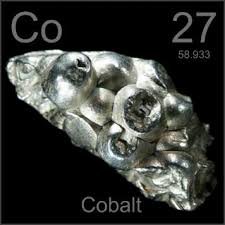
Cobalt, symbolized as “Co,” is a chemical element named after the German word ‘kobald,’ meaning goblin. It was first mentioned in 1732 and observed by G. Brandt. Cobalt’s atomic number is 27, and it is located in Period 4, Group 9 of the d-block in the periodic table. Its relative atomic mass is 58.933195(5) Daltons, with the number in brackets indicating the measurement uncertainty.
Related Product: Cobalt Sputtering Target
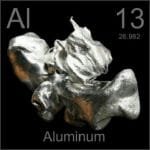 Aluminium, also known as aluminum, is a chemical element derived from the Latin word for alum, ‘alumen,’ meaning bitter salt. It was first mentioned and observed in 1825 by H.C. Ørsted, who also accomplished its isolation. Aluminium is represented by the symbol “Al” and has an atomic number of 13. It is located in Period 3, Group 13 of the p-block in the periodic table. The relative atomic mass of aluminium is 26.9815386(8) Daltons, with the number in brackets indicating the measurement uncertainty.
Aluminium, also known as aluminum, is a chemical element derived from the Latin word for alum, ‘alumen,’ meaning bitter salt. It was first mentioned and observed in 1825 by H.C. Ørsted, who also accomplished its isolation. Aluminium is represented by the symbol “Al” and has an atomic number of 13. It is located in Period 3, Group 13 of the p-block in the periodic table. The relative atomic mass of aluminium is 26.9815386(8) Daltons, with the number in brackets indicating the measurement uncertainty.
Cobalt Aluminum Sputtering Target Packaging
Our cobalt-aluminum sputtering targets are meticulously handled to prevent any damage during storage and transportation. This careful handling ensures that our products maintain their original quality and arrive in perfect condition.


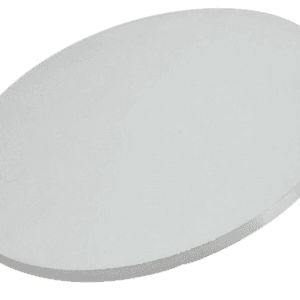
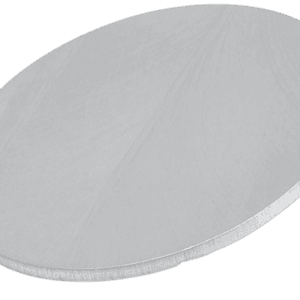
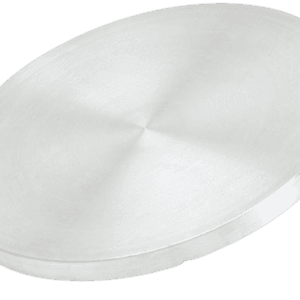
Reviews
There are no reviews yet.